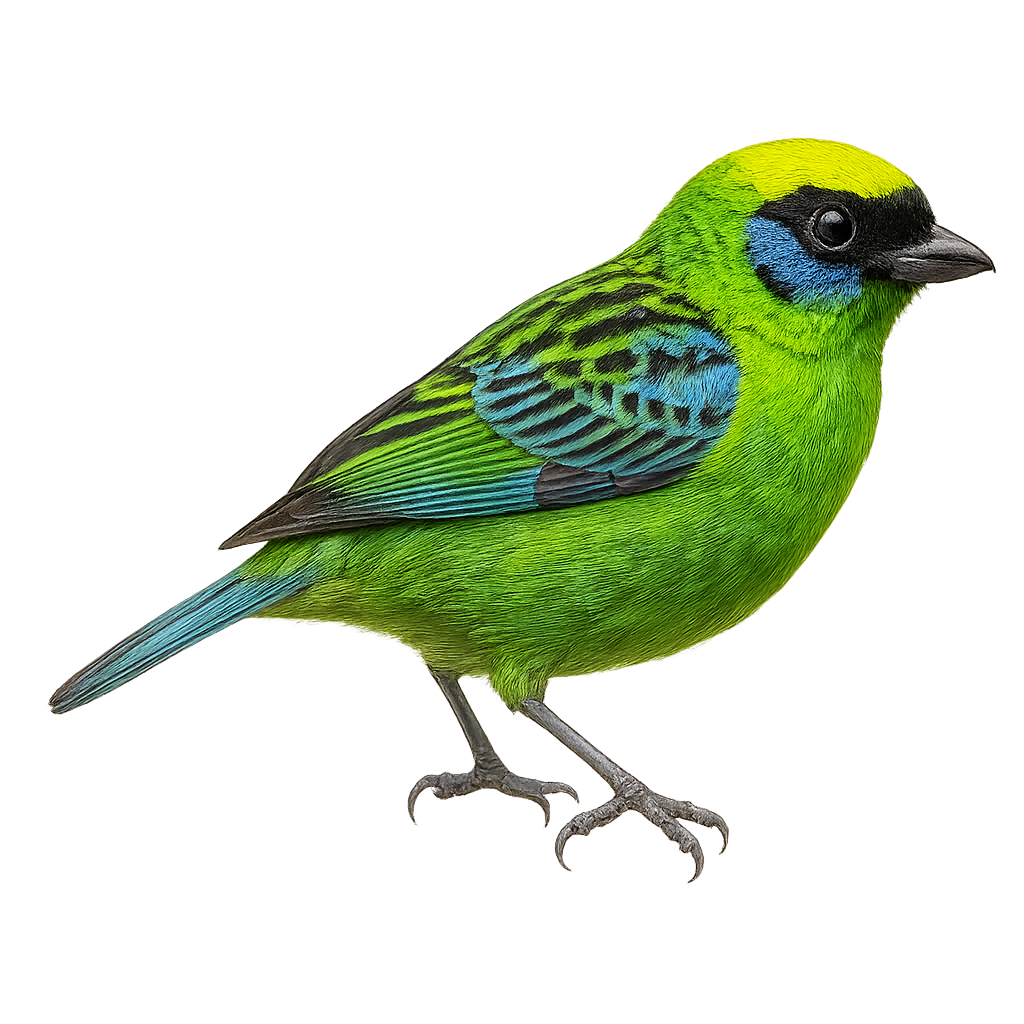Your wildlife photography guide.
Explore the flame-faced tanager in detail, study its behavior, prepare your shots.
Where to observe and photograph the flame-faced tanager in the wild
Learn where and when to spot the flame-faced tanager in the wild, how to identify the species based on distinctive features, and what natural environments it inhabits. The WildlifePhotographer app offers tailored photography tips that reflect the flame-faced tanager’s behavior, helping you capture better wildlife images. Explore the full species profile for key information including description, habitat, active periods, and approach techniques.
Flame-faced Tanager
Scientific name: Tangara schrankii

IUCN Status: Least Concern
Family: THRAUPIDAE
Group: Birds
Sensitivity to human approach: Suspicious
Minimum approach distance: 5 m
Courtship display: December to January
Incubation: 13-15 jours
Hatchings: December to February
Habitat:
Tropical humid forests, cloud forests
Activity period :
Primarily active during the day, with peak activity in the morning and late afternoon.
Identification and description:
The Flame-faced Tanager, Tangara schrankii, is a vibrant bird found in the tropical forests of South America. It is easily identified by its bright orange head contrasting with its blue-green body. This small passerine measures about 13 cm in length and weighs between 18 and 22 grams. It primarily inhabits lowland and mid-elevation humid forests, feeding on fruits, insects, and nectar. Its song is melodious, consisting of clear, repeated notes. The Flame-faced Tanager is often seen in small groups, sometimes alongside other tanager species. Although relatively common in its natural habitat, deforestation poses a threat to its population.
Recommended lens:
400 mm – adjust based on distance, desired framing (portrait or habitat), and approach conditions.
Photography tips:
To photograph the Flame-faced Tanager, focus on tropical humid forests where it is most active. Use a 400mm lens or longer to capture detailed shots of its colorful plumage. Be patient and discreet, as this bird is suspicious. Look for it in fruiting trees where it often feeds. Morning or afternoon light is ideal for well-lit photos. Avoid getting too close to prevent disturbing it.
The WildlifePhotographer App is coming soon!
Be the first to explore the best nature spots, track rutting seasons, log your observations, and observe more wildlife.
Already 1 415 wildlife lovers subscribed worldwide

